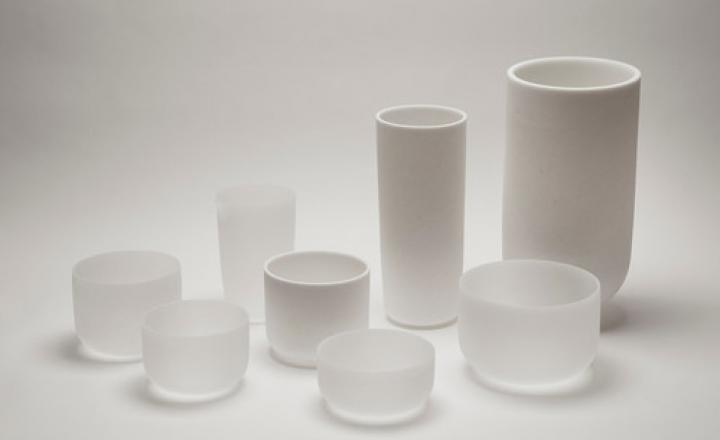
Quartz ceramics is a new type of high-purity, high-temperature-resistant quartz material. It is a sintered body made of fused silica or quartz glass through crushing, molding, sintering and other processes. It not only retains many advantages of quartz glass, but also Some production processes of ceramics can be used. Quartz ceramics have a series of excellent properties such as good thermal stability, small thermal expansion coefficient, low dielectric constant, good acid and alkali corrosion resistance, good electrical insulation, and low cost. Therefore, since its inception, quartz ceramics have been widely used in the world, and its application fields also involve metallurgy, electrical engineering, glass, aviation, corrosion-resistant parts, photovoltaics and other industries. It is a promising new material.
At the same time, the quality of quartz ceramics is affected by many factors, such as the preparation process, the type of additives, etc. Today we will learn about many factors that affect the quality of quartz ceramics.
In quartz ceramics, additives can also be considered as auxiliary additives. The mechanical strength of quartz ceramics is proportional to the degree of dense sintering. After adding additives to form glass additives, a dense sintered body can be obtained. The mechanical strength is generally higher than that of quartz ceramics without additives. In a certain range of additives, the mechanical strength increases with the addition of increase with the increase in volume.
At present, the molding process commonly used in the production of quartz ceramics is slip casting, followed by wax injection molding, semi-dry molding, centrifugal casting molding, pouring molding, graphite mold hot pressing molding and ramming molding. However, the above-mentioned molding process generally has some disadvantages: such as uneven structure of the product body, poor performance reliability, limited to products with simple shapes, complex production process, difficult control of process conditions, low efficiency, high cost, etc., it is difficult to adapt to large-scale The needs of mass industrial production, especially some quartz ceramic products used for special purposes, therefore, these traditional molding processes can no longer meet the performance requirements of their special purposes. With the development of science and technology, new molding processes of quartz ceramics are constantly emerging and widely used. At present, the relatively mature new molding processes mainly include isostatic pressing, vibration pressure grouting and gel injection molding.
Sintering is a very important link in the production of quartz ceramics. It has a great influence on the physical and chemical properties of quartz ceramics. At present, the sintering technologies of quartz ceramics mainly include atmospheric pressure sintering, hot pressing sintering and hot isostatic pressing, etc. .
The key issue in the sintering of quartz ceramics is to maintain the amorphous state of the material, that is, to prevent and eliminate the conversion of amorphous SiO2 to cristobalite during sintering. Therefore, the principle of firing quartz ceramic products is: to ensure that the product has sufficient strength after firing; to control the crystallization and deformation of the product.
For products of different sizes and shapes, the reasonable firing temperature and holding time should be determined through experiments. Generally, the maximum firing temperature of quartz ceramics does not exceed 1250°C. In order to avoid crystallization, the high temperature stage above 900°C should be fired and cooled quickly. In summary, the longer the quartz ceramic stays in the high temperature stage, the easier it is to be quartzized. In fact, the maximum temperature range allowed for heating and sintering is obvious. The heating time is significantly shorter than the holding time at the highest temperature. The heat treatment system of the material is sufficient to resist thermal shock. Therefore, the heating system at the intermediate heating temperature is no longer necessary. The cooling rate is the most important part of the whole process.
